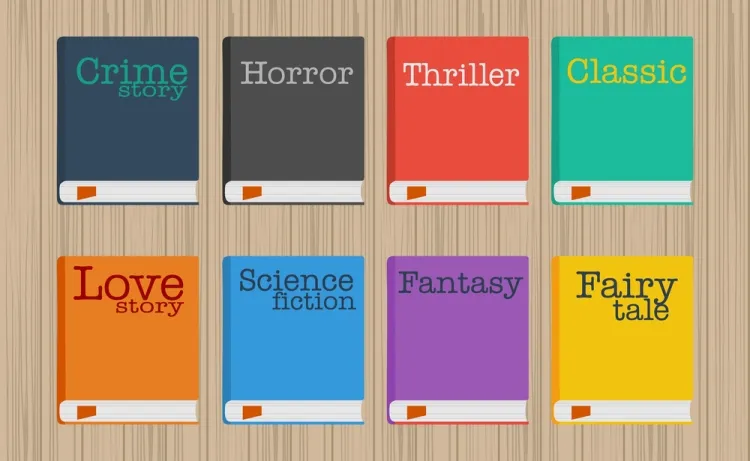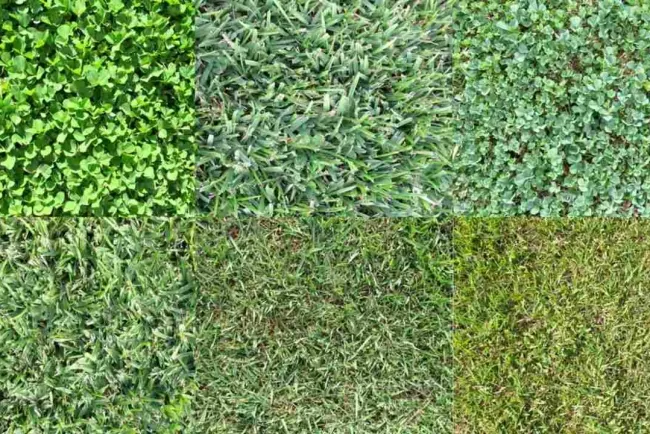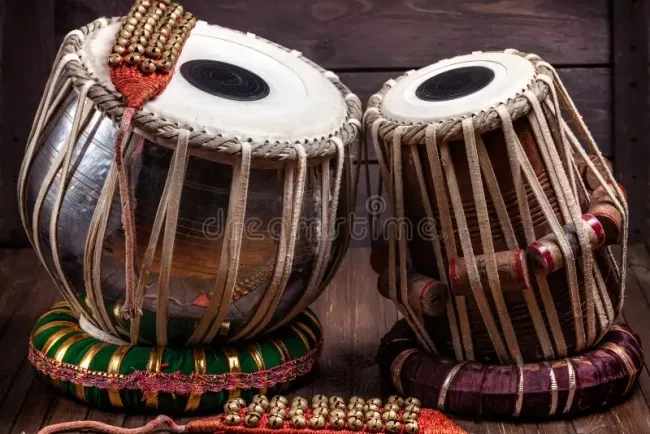The Art and Craft of Books: From Concept to Creation...!!!
Books come in many forms, each serving different purposes and audiences. The process of creating a book is a collaborative effort involving the author, editors, designers, and publishers.

Books offer a portal to diverse worlds, experiences, and knowledge. They come in many forms and are crafted through a detailed process.
Types of Books
-
Fiction
-
Novels: Long works of fiction, often split into chapters. Examples include literary, mystery, romance, fantasy, and science fiction.
-
Short Stories: Brief fictional works, usually focusing on a single incident or character.
-
Novellas: Longer than short stories but shorter than novels, offering a more in-depth exploration of characters and plot.
-
-
Non-Fiction
-
Biographies: Detailed accounts of a person's life, written by someone else.
-
Autobiographies: The story of a person's life, written by themselves.
-
Memoirs: A personal and intimate form of autobiography, often concentrating on specific experiences.
-
Essays: Short pieces exploring a particular topic or idea.
-
Self-Help Books: Aimed at helping readers solve personal problems and improve their lives.
-
Cookbooks: Collections of recipes and cooking techniques.
-
Textbooks: Educational books used for studying a particular subject.
-

-
Children's Books
-
Picture Books: Illustrated books for young children, focusing on simple stories and concepts.
-
Chapter Books: Early readers for children, with more complex stories divided into chapters.
-
Young Adult (YA) Books: Written for teenagers, often dealing with themes relevant to adolescence.
-
-
Graphic Novels and Comics
-
Graphic Novels: Extended comic books, often with more sophisticated storytelling.
-
Comics: Serialized stories told through illustrations and dialogue, typically published in magazines or comic books.
-
How Books Are Made
1. Conceptualization and Writing
-
Idea Generation: Authors start with an idea or concept for their book, inspired by personal experiences, research, or pure imagination.
-
Outline and Planning: An outline helps organize the main points, plot, and structure of the book. This step is crucial for both fiction and non-fiction works.
-
Writing the Manuscript: The author writes the first draft, which goes through several revisions. This process involves developing characters, plotlines, themes, and ensuring a cohesive narrative.
2. Editing and Proofreading
-
Developmental Editing: Involves big-picture changes, such as restructuring chapters, enhancing character development, and refining the plot.
-
Copy Editing: Focuses on grammar, punctuation, spelling, and sentence structure.
-
Proofreading: The final step before printing, ensuring there are no typos or formatting errors.
3. Design and Formatting
-
Cover Design: A professional designer creates an eye-catching cover that reflects the book's content and appeals to the target audience.
-
Typesetting and Layout: Involves arranging the text, images, and other elements within the book to ensure a clean and readable format.

4. Printing and Binding
-
Printing: The manuscript is sent to a printing press, where it is printed on large sheets of paper.
-
Binding: The printed pages are folded, stitched, or glued together, and then attached to the book cover.
5. Distribution and Marketing
-
Publishing: The book is officially published and assigned an ISBN (International Standard Book Number).
-
Distribution: The book is made available through various channels, such as bookstores, online retailers, and libraries.
-
Marketing and Promotion: Involves generating interest around the book through reviews, book signings, social media, and advertising.
Books come in many forms, each serving different purposes and audiences. The process of creating a book is a collaborative effort involving the author, editors, designers, and publishers. Whether it's fiction, non-fiction, or children's literature, the journey from an idea to a finished book is intricate and rewarding. By understanding the types of books and how they are made, readers can better appreciate the art and effort that goes into bringing stories and knowledge to life.
What's Your Reaction?

















